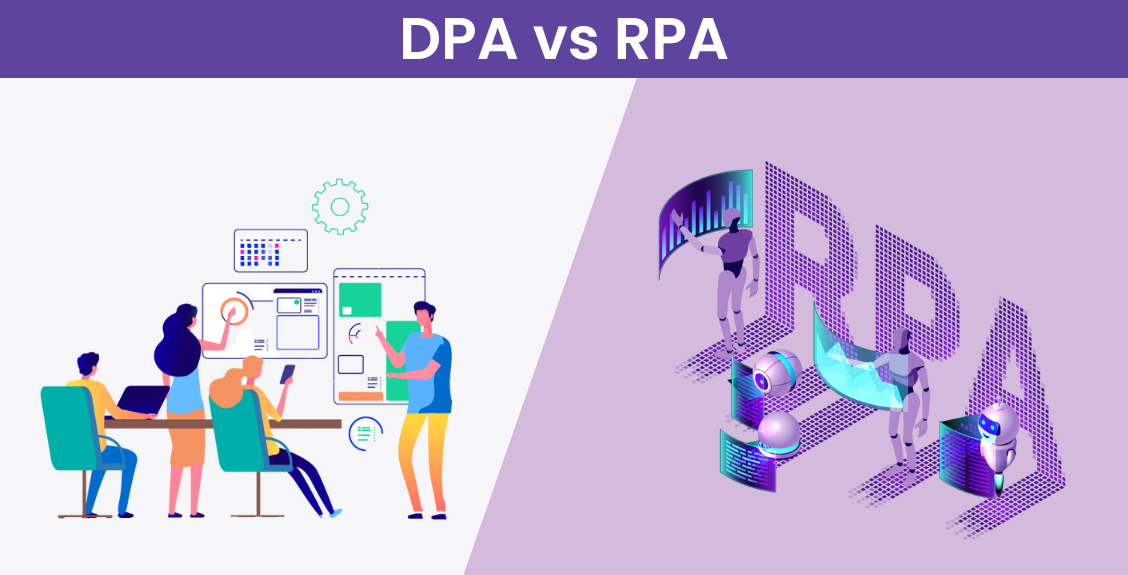Lightning network is an emerging technology that makes people curious recently in the technological industry. And people don’t have more information yet about it, so in this article, BAP will give more details about lightning network from its definition, mechanism, and pros and cons as well.
1. What is lightning network?

Lightning network – Source: Snapperbuzz
Lightning Network (LN) is a concept established by Joseph Poon and Thaddeus Dryja in the year 2015. This has been born to create a payment protocol that can be used as an off-chain solution to problems of network expansion is currently being a challenge for Bitcoin’s system. In addition, this can also be widely applied to other cryptocurrency systems.
Lightning network emerges in a situation where both Bitcoin and many other cryptocurrencies that are actually experiencing some limits. At the present time, Bitcoin’s Blockchain technology can only allow to conduct from 2 to 7 transactions per second (TPS).
Along with the widespread development of the cryptocurrency ecosystem, more and more people are joining the network, and the number of transactions are declared on the blockchain either increasing accordingly.
When the network becomes more congested, the overall performance will be severely affected, and also influencing the practical applicability of Bitcoin as a global digital currency. Before that fact, Lightning network was invented to show an attempt to completely erase the network congestion that occurred with Bitcoin’s blockchain technology.
2. Lightning network mechanism

How lightning network works – Source: bitpanda
Lightning Network consists of an off-chain transaction system built on the Bitcoin Blockchain. This system operates at the peer-to-peer (P2P) level, its applicability is based on the principle of creating two-way payment channels through which users can perform seamless cryptocurrency transactions.
Once the two parties have agreed to create a payment gateway, they can transfer money back and forth among others wallets. Although the establishment of such payment channels will involve on-chain transactions, in return all transactions performed within that channel are off-chain, and will not need consensus of the whole system.
As a result, these transactions can be executed quickly through smart contracts, along with low costs associated with transaction speed at a much higher level.
To set up a payment channel, two participants need to create a multi-signature wallet with a certain amount of money available. This amount can only be accessed once both parties simultaneously provide the private keys that can be 2 or more depending on the case. This is to ensure that neither parties can access the funds without the consent of all the other parties.
More specifically, we can consider the following example, Linda wants to use the lightning network to transact Bitcoin with Tina. Firstly, they both set up a payment channel, using a multi-signature wallet.
At that time, payment channels will be in the nature of a smart contract, and the multi-signature wallet will be a safe deposit box to store the desired amount of money for transactions. During the lifetime of this payment channel, Linda and Tina wanted to create as many off-chain transactions as they wanted.
Immediately after each transaction, Tina and Linda als have to sign and update their own balance sheet, which is responsible for recording the amount of coins each party holds.
When the transaction is completed, the payment channel can be closed, and the final balance sheet will be declared on the blockchain. Lightning network’s smart contract will ensure that each party receives their exact amount of bitcoins based on the final version balance sheet.
So actual participants would then only have to interact with Bitcoin’s blockchain network twice. Once to open the payment channel, the next time to close it. This means that all other transactions arising in the payment channel will not be performed directly on the main chain.
This is how lightning network works on the blockchain system, and we can see that users’ transactions will be ensured.
3. Pros and cons of lightning network
3.1. Pros of lightning network
- Lightning network uses off-chain solutions to offload traffic on Bitcoin’s blockchain system.
- By using a two-way payment channel, lightning network has the ability to allow transactions to be executed almost instantly.
- Lightning network is applicable to micropayments up to 1sts. Moreover, automatic micropayment can be applied in the machine economy of replacing humans when transactions are performed directly by election devices without the need for human intervention.
3.2. Cons of lightning network
Besides, lightning network problems still remain, and we should give you know about it according to:
- Unlike on-chain transactions, lightning network payments cannot be made while the receiver is offline.
- Network participants are required to regularly monitor the payment channel to protect their account.
- Lightning network is not suitable for high volume payments. Due to the huge volume of multi-signature wallets on the network (shared wallets, basically), there is a high chance that these wallets will not provide enough balance when acting as an intermediary of larger transactions.
- Opening and closing payment channels will involve interacting with on-chain transactions, so jobs require more manually and will come with increased transaction costs.
In conclusion, the interoperability between payment nodes and channels is the uniqueness that makes lightning networks an interesting solution to blockchain’s scaling problems. But lightning network still has some issues when it comes to applying blockchain. On the other hand, Lightning network remains a potential technology in terms of improving the ecosystems of cryptocurrencies. And please let’s continue to follow us for updating new information about technologies from AI, Big Data, Web service,…












